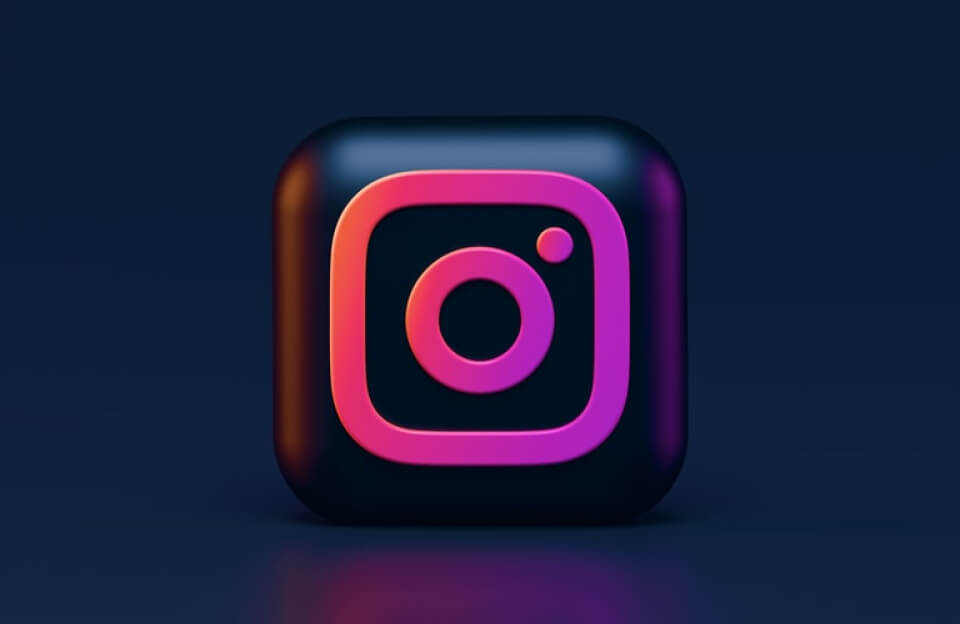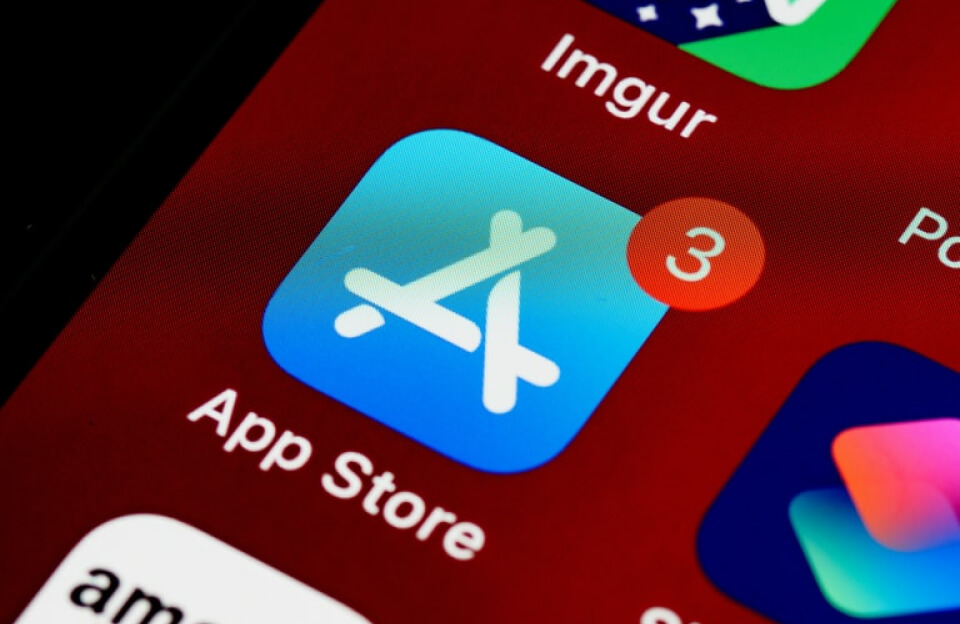In an age where artificial intelligence is rapidly transforming how we connect, learn, and discover, social media bots are quietly becoming agents of both knowledge and surprise. These digital assistants are no longer just automating tasks—they are reshaping how scientific knowledge spreads and how serendipitous discoveries happen online.
At the intersection of AI, social networking, and science communication, a new wave of bots is emerging: Bots that deliver science and serendipity.
What Are Science Bots?
Science bots are AI-powered agents embedded in platforms like X (formerly Twitter), Reddit, or even private Slack communities. Their mission?
To curate, explain, and engage users with the latest breakthroughs in research, data, and innovation.
Some bots tweet the latest preprints from arXiv, while others summarize peer-reviewed studies in plain language. More advanced models even generate infographics or explainer threads, making complex topics digestible for a wider audience.
🔬 Why it matters: The world produces over 2.5 million scientific articles per year. Most are locked behind paywalls or difficult jargon. Bots can bridge this gap—automatically.
The Serendipity Factor
But there’s something more subtle at play: serendipity.
Great ideas often spark not when we search, but when we stumble. Bots that blend AI curation with a dose of randomness—surfacing a forgotten Nobel Prize discovery, a little-known climate solution, or a quirky data set—help recreate the magic of chance that drives innovation.
Think of them as your digital research muse—alerting you to ideas you didn’t even know you needed.
💡 A CEO browsing X for news might stumble upon a thread about quantum computing. Two clicks later, they’re envisioning a new product vertical.
How These Bots Work
Modern science bots are built on a combination of:
- Natural Language Processing (NLP): To extract meaning from papers, abstracts, or datasets.
- LLMs (Large Language Models): Like GPT-4 or Claude, which turn raw information into readable insight.
- Social Graph Signals: Bots that adjust what they post based on who engages or what communities follow them.
- Serendipity Engines: Algorithms that inject novelty into feeds—surfacing diverse, adjacent topics, not just more of the same.
Use Cases for Businesses and Thought Leaders
Here’s how smart organizations are leveraging these bots:
- Brand positioning: By sharing cutting-edge insights, companies demonstrate thought leadership.
- Internal innovation: Bots in Slack channels serve R&D teams with daily inspiration.
- Customer education: Science bots on social platforms help educate users about product foundations—energy, biotech, sustainability.
📊 Example: A renewable energy startup uses a bot that tweets daily clean tech breakthroughs, drawing in both investors and talent.
Risks and Challenges
As with any AI solution, these bots must be transparent, accurate, and non-biased.
Misinformation can spread just as fast as science. That’s why the best bots are curated or supervised by domain experts and use verifiable sources like PubMed, Nature, or NASA.
The Future: Conversational Science Feeds
Tomorrow’s bots won’t just tweet links—they’ll converse with you.
They’ll know your interests, your industry, your mission—and feed you relevant insights, ask you questions, and even provoke new ideas.
Imagine a world where your morning feed is tailored not just to what’s trending, but to what expands your mind and mission.
Conclusion
As CEOs, innovators, and digital citizens, we must ask:
Can we build a better Internet—one where knowledge and serendipity coexist?
Bots that deliver science aren’t just convenient.
They’re a quiet revolution—transforming passive scrolling into active inspiration.


